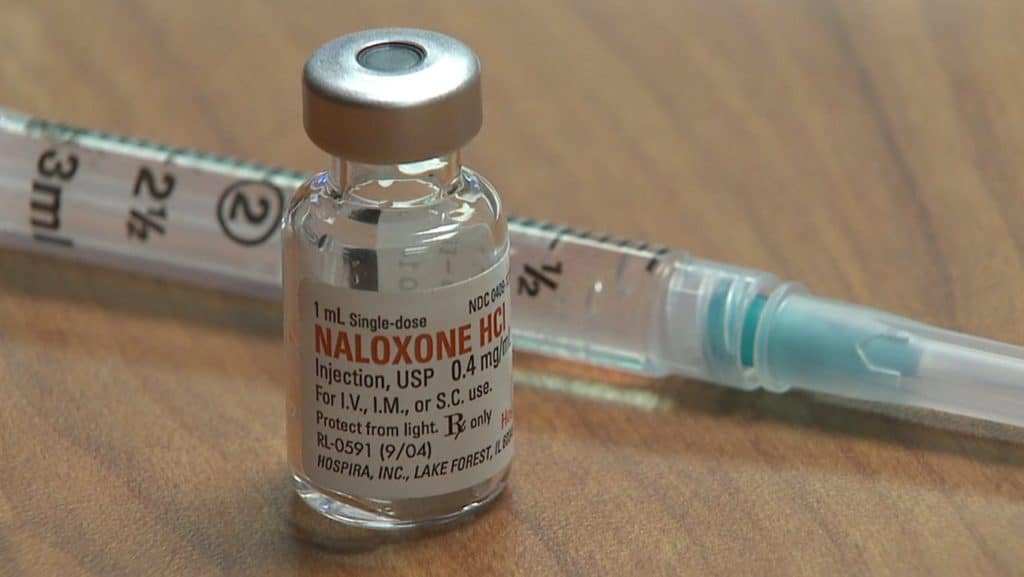Now, with the increased presence of fentanyl in the drug supply, the signs of an overdose are even more varied. Fentanyl often causes muscle spasms, or locked jaws, in addition to the traditional signs.
Billboards in subway stations and along freeways advertise naloxone, the overdose-reversal drug: “Saving a life can be this easy.”
Narcan works by blocking the effects of opioids, both the euphoria and dangerous side effects, such as slowed breathing that cuts off oxygen to the brain. In the process, it can send someone into instant withdrawal. Many people who use drugs say withdrawal is like having the worst flu of your life, complete with cold sweats, shakes and vomiting.
If you suspect someone is overdosing, call 911 immediately. Some overdose victims become combative when you administer Narcan to them because they think it interferes with their high. You have to be prepared to protect yourself.
Narcan starts to wear off after about 30 minutes, and nearly dissipates after 90, depending on a person’s metabolism and the strength of the drugs used.
Source: NPR
